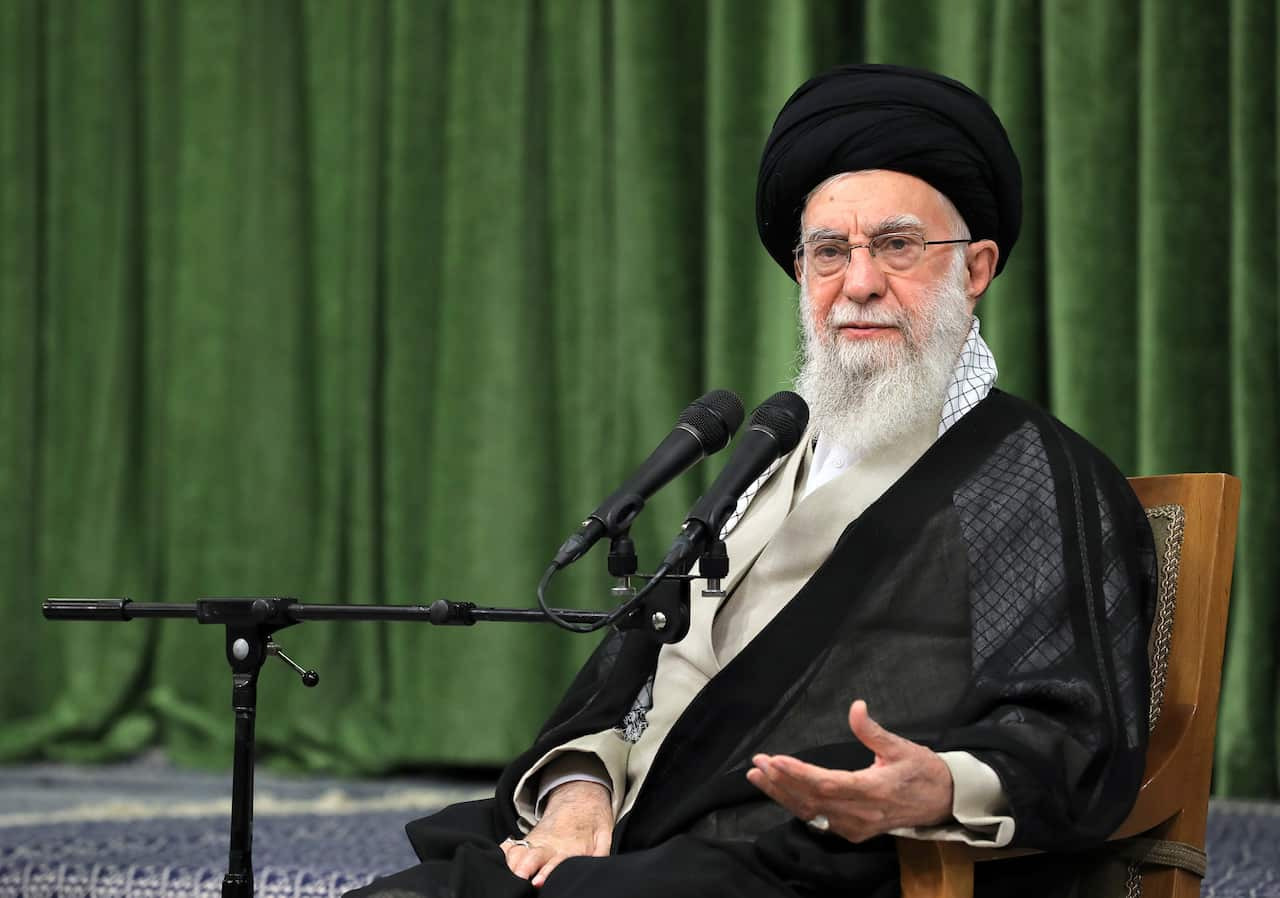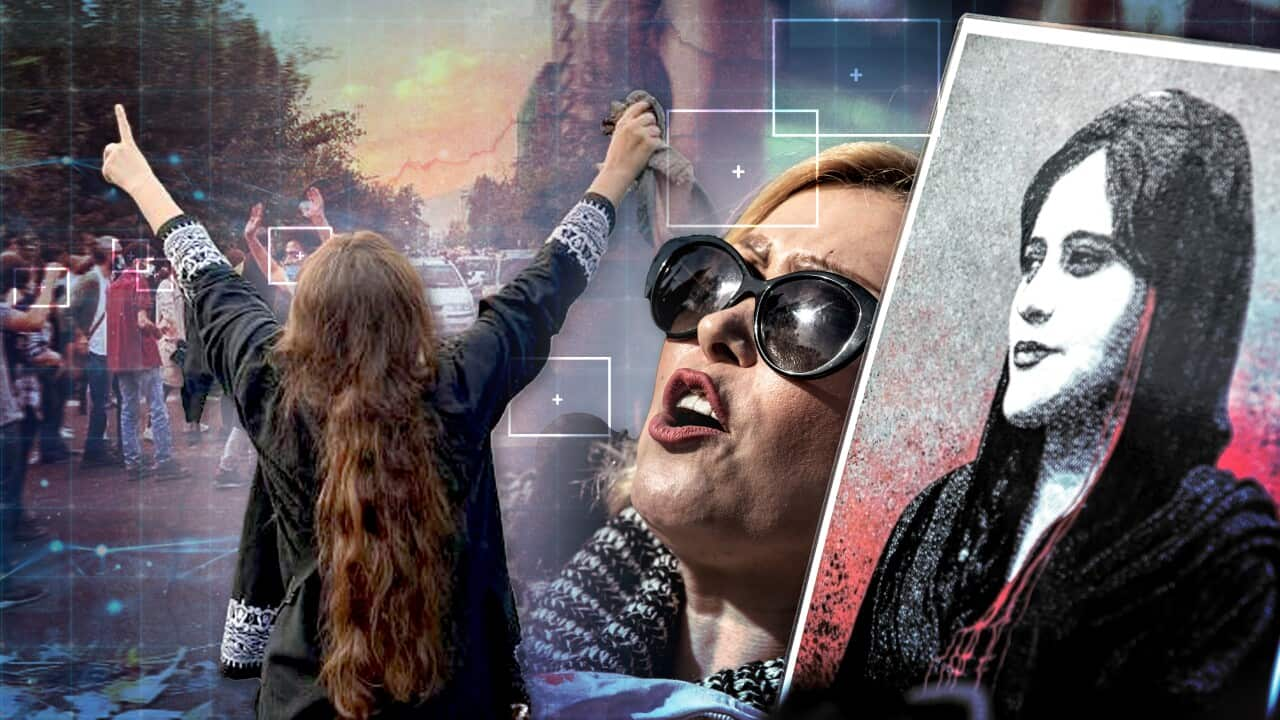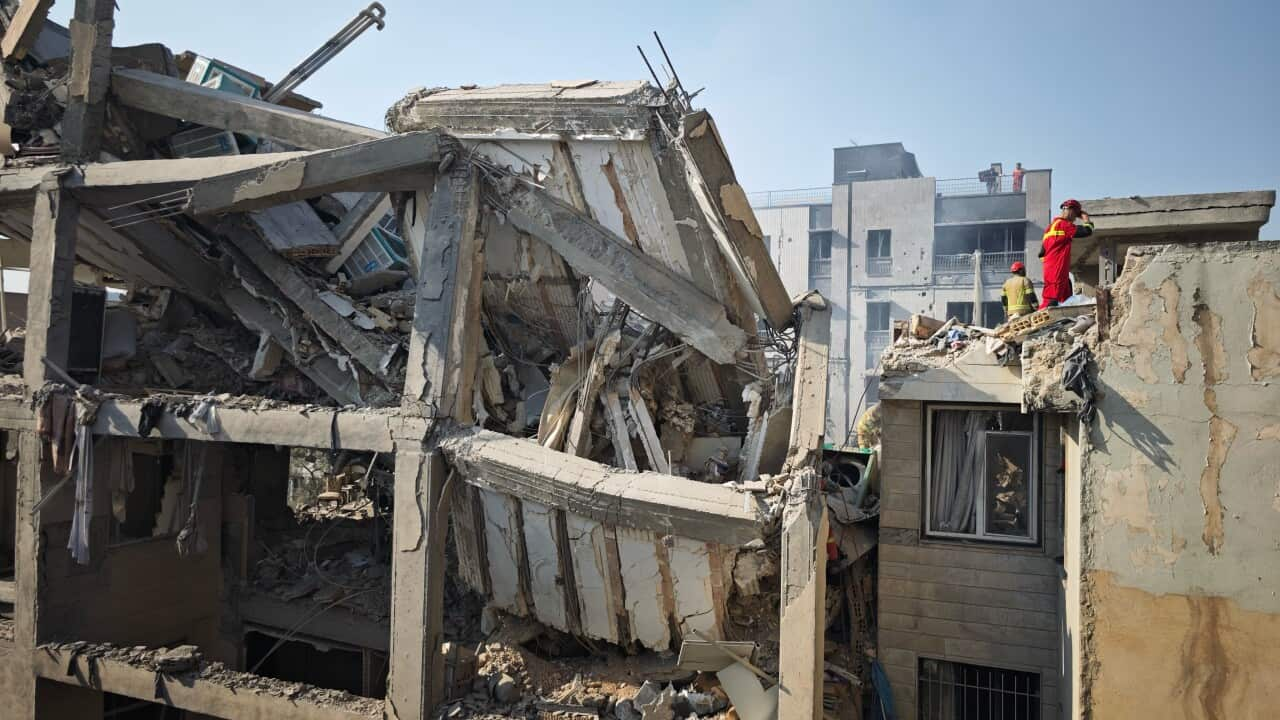Ayatollah Ali Khamenei has spent more than three decades as Iran's supreme leader, ruling since the death of his predecessor, Ruhollah Khomeini, in 1989.
At first dismissed as weak and an unlikely successor to the Islamic Republic's late founder, Khamenei has steadily tightened his grip in that time to become Iran's unquestioned decision-maker.
He's ruled in the face of sanctions and near constant international tensions while crushing repeated unrest at home, most recently a wave of women-led protests in 2022 and 2023 following the death in custody of Kurdish-Iranian woman Mahsa Amini.
But Israel's unprecedented strikes on Iran this month mark his most serious crisis yet, threatening both the clerical system he leads and his own physical survival.
While a senior United States official has said US President Donald Trump rejected an Israeli plan to assassinate Khamenei, Israel itself has not ruled out such a move.
With Khamenei aged 86, the issue of succession was already looming large in Iran.
According to Arash Azizi, a senior fellow at Boston University who specialises in Middle Eastern politics, the "twilight of his rule" has only been "accelerated" by Israel's attacks.
Who is Ayatollah Ali Khamenei?
Khamenei is one of Iran's longest-serving leaders. Since becoming supreme leader in 1989, Khamenei has held ultimate authority over all branches of government, the military and the judiciary.
While elected officials manage day-to-day affairs, no major policy proceeds without his explicit approval.
Khamenei has held several posts since the Islamic Revolution and the creation of the Islamic Republic.
As deputy defence minister and later president throughout much of the 1980s — including most of the Iran-Iraq War — he developed a close relationship with Iran's Islamic Revolutionary Guards Corps (IRGC), a branch of Iran's military established after the Islamic Revolution. In 1981, he was the target of an attempted assassination that paralysed his right arm.
When his predecessor Khomeini died in 1989, Khamenei was considered a surprise choice as his successor, given that he lacked both Khomeini's popular appeal and superior clerical credentials.
Because he lacked the religious credentials of his predecessor Khomeini, he has repeatedly turned to his sophisticated security structure, the IRGC and the Basij — a paramilitary-religious force of hundreds of thousands of volunteers — to snuff out dissent.

Ayatollah Ali Khamenei has served as Iran's supreme leader for over three decades. Source: Anadolu / Getty images
He is deeply sceptical of the West, particularly the US, which he accuses of seeking regime change. Yet he has shown a willingness to bend when the survival of the Islamic Republic is at stake.
The concept of "heroic flexibility", first mentioned by Khamenei in 2013, allows for tactical compromises to advance his goals, mirroring Khomeini's decision in 1988 to accept a ceasefire after eight years of war with Iraq.
Khamenei's guarded endorsement of Iran's 2015 nuclear deal with six world powers was another such moment, as he calculated that sanctions relief was necessary to stabilise the economy and cement his grip on power.
His power also owes much to the parastatal financial empire known as Setad, worth tens of billions of dollars, which is under Khamenei's direct control and has grown hugely during his rule.
Billions of dollars have been invested in the IRGC for decades to help them empower Shi'ite militias in Iraq, Lebanon and Yemen and back Syria's former president Bashar al-Assad, whose government was overthrown in 2024.
It was the IRGC who crushed the protests that exploded after Mahmoud Ahmadinejad's 2009 re-election as Iranian president amid allegations of vote fraud, which was also criticised by Western countries.
In 2022, Khamenei was just as ruthless in arresting, imprisoning or sometimes executing protesters enraged by the death of Amini.
Strikes intensify 'already simmering tensions'
While keeping up the rhetoric of confrontation with the US and Israel and backing proxies like Hezbollah in Lebanon, Khamenei long kept Iran out of direct conflict with its foes.
But the current conflict with Israel appears to represent a sudden end to this strategy.
Jason Brodsky, policy director of the US-based non-profit United Against Nuclear Iran, said: "He has prided himself on deterring conflict away from Iran's borders since he assumed the supreme leadership in 1989."
The scale of Israel's first attacks on Iran last week — which killed key Iranian figures including the army chief and head of the Revolutionary Guards — took the leadership by surprise at a time when it has been on the lookout for any further protests amid economic hardship.
Holly Dagres, a senior fellow at the Washington Institute who specialises in Iranian social movements, said: "Indeed, the strikes have intensified already simmering tensions, and many Iranians want to see the Islamic Republic gone."
"Crucially, however, most of them do not want this outcome to come at the cost of bloodshed and war."
As Khamenei faces one of the most dangerous moments in the Islamic Republic's history, the so-called "Axis of Resistance" coalition with Iranian-backed militant and political groups across the Middle East to oppose Israeli and US power has also started to unravel.
Ever since the Iran-backed Hamas attacked Israel in October 2023, Khamenei's regional influence has been weakening, as Israel has pounded Iran's proxies — from Hamas in Gaza to Hezbollah in Lebanon, the Houthis in Yemen and militias in Iraq.





